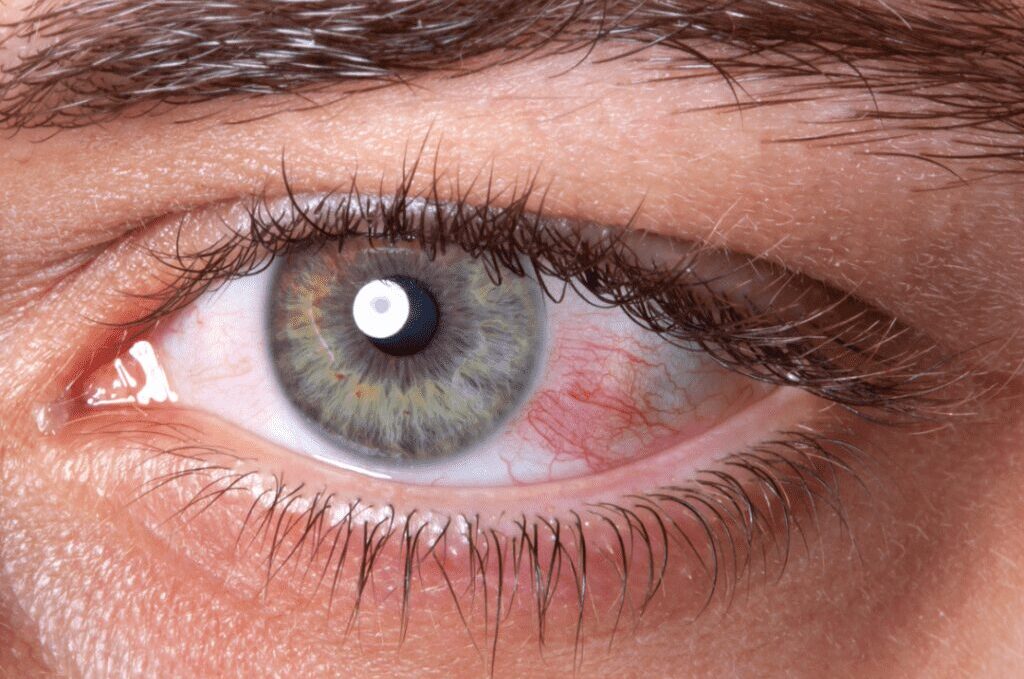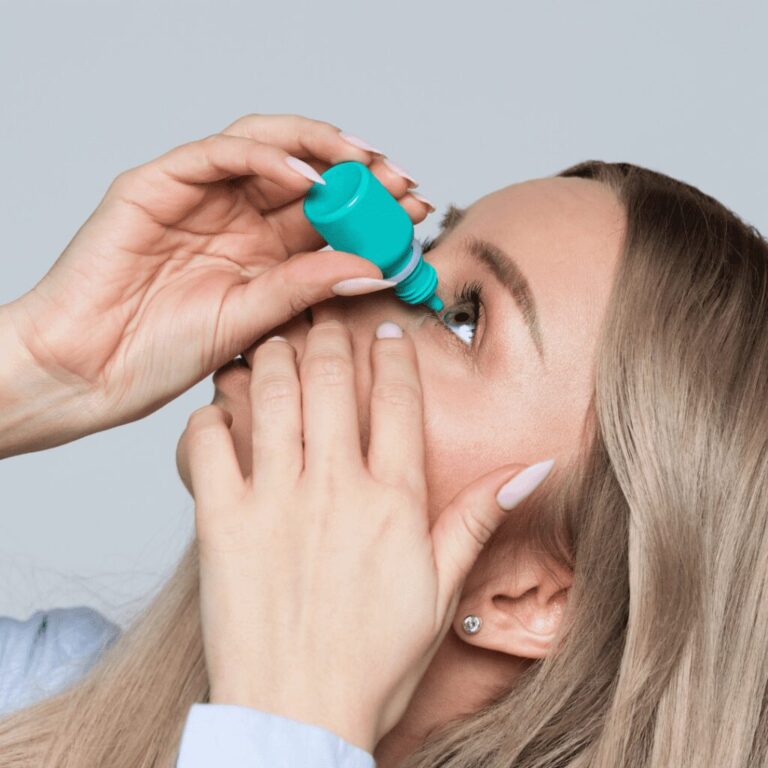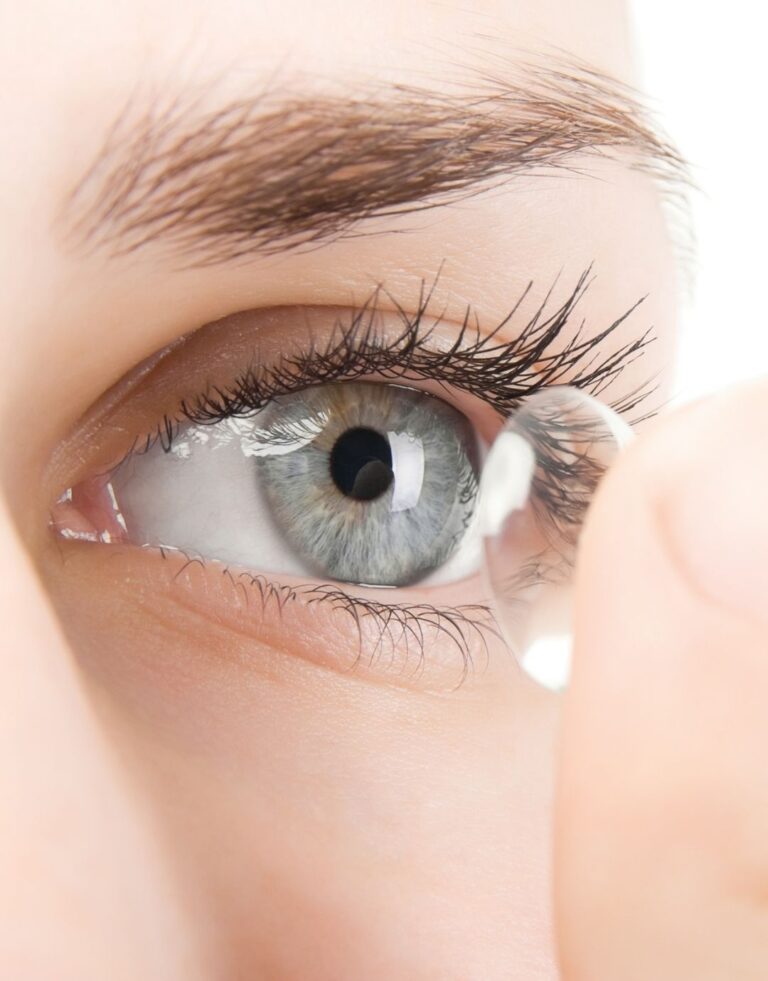Pink Eye (Conjunctivitis): Symptoms and Treatment
Pink eye, also known as conjunctivitis, is a common eye condition that affects people of all ages. In this comprehensive guide, we’ll cover everything you need to know about pink eye, including pink eye symptoms, causes, risk factors, and available treatment options.
What is Pink Eye (Conjunctivitis)?
Pink eye, or conjunctivitis, is an inflammation or infection of the conjunctiva, the thin transparent tissue covering the white part of the eye and the inner surface of the eyelids. It can be caused by various factors, including viruses, bacteria, allergies, or irritants.

What are the Pink Eye Symptoms?
Symptoms of pink eye can vary depending on the cause but may include:
1. Redness in the white of the eye or inner eyelid
2. Increased tear production
3. Discharge from the eye, which may be clear, yellow, or green
4. Crusty eyelids or lashes, especially upon waking
5. Itchy or burning eyes
6. Blurred vision or increased sensitivity to light
When to See the Doctor?
If you or your child are experiencing symptoms of pink eye, it’s essential to consult an eye care professional for a proper diagnosis and treatment. Some forms of pink eye can be highly contagious, and early intervention can help prevent further spread of the infection.
What are the Causes of Pink Eye?
Pink eye can be caused by various factors, including:
1. Viral conjunctivitis: Caused by a viral infection, such as the common cold virus. This type of pink eye is highly contagious.
2. Bacterial conjunctivitis: Caused by a bacterial infection, which can be spread through contact with contaminated surfaces or objects.
3. Allergic conjunctivitis: Triggered by allergens such as pollen, pet dander, or dust mites. This type of pink eye is not contagious.
4. Irritant conjunctivitis: Caused by irritants like smoke, chlorine in swimming pools, or chemicals in cosmetics.
Am I in the Risk Group?
While anyone can develop pink eye, certain factors may increase your risk:
1. Exposure to someone with a contagious form of conjunctivitis
2. Having allergies or a history of allergic reactions
3. Wearing contact lenses, especially extended-wear lenses
What are the Treatment Options for Pink Eye?
Treatment for pink eye depends on the cause:
1. Viral conjunctivitis: Often resolves on its own within 7-14 days. Over-the-counter artificial tears and cold compresses can provide relief from symptoms.
2. Bacterial conjunctivitis: May require prescription antibiotic eye drops or ointments to clear the infection.
3. Allergic conjunctivitis: Antihistamine or anti-inflammatory eye drops can help relieve symptoms. Avoiding allergens is also essential.
4. Irritant conjunctivitis: Removing the irritant and using lubricating eye drops or cold compresses can alleviate symptoms.
Last Words from the More Clinics
Understanding the symptoms, causes, risk factors, and treatment options for pink eye is crucial for maintaining good eye health and preventing further complications. Regular eye exams and proper hygiene can help reduce the risk of developing conjunctivitis. Always consult with an eye care professional to discuss your specific needs and determine the most suitable treatment plan for you.
GET A FREE CONSULTATION!
Let’s Start Planning Your Treatment %100 Guarantee Results.

Written by The More Editorial Team and Medically Reviewed by Op.Dr.İbrahim Kaya who specialized on Eye Surgery, Retinal Surgery and Optalmology.






